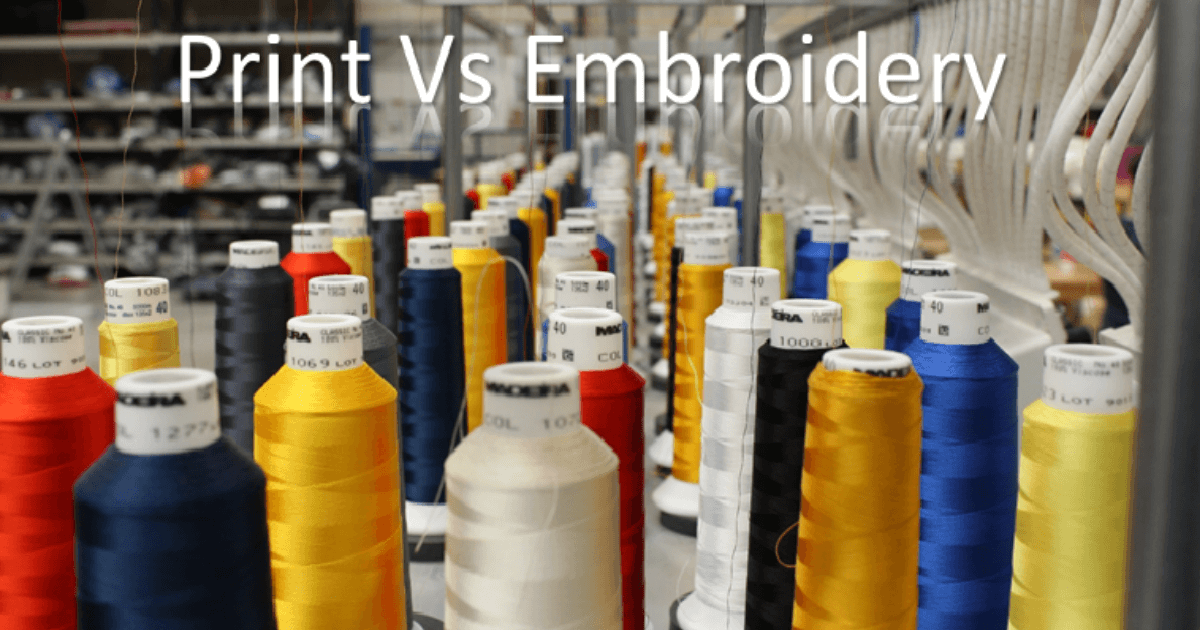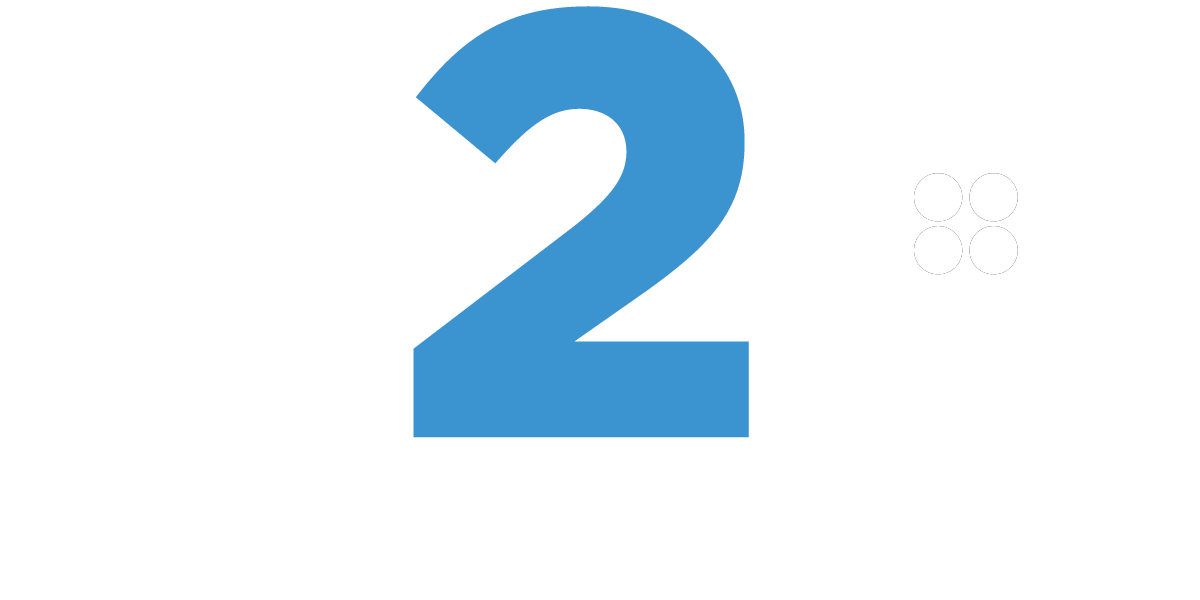It can be difficult trying to decide whether to choose print or embroidery when ordering your personalised garments. Embroidery v DTG printing both have its own benefits and drawbacks depending on what the garment is required for. We’ve put together this guide to help you decide which personalisation method is right for you.
We use a range of printing methods to produce our customisations; Direct To Garment (DTG) printing, Vinyl, Versacamm, Screen Transfer and Screen Printing. The printing method we choose to use is based upon the artwork uploaded and the garment you have chosen. For example, for single coloured designs, Vinyl printing may be used yet for multi-coloured designs, which are more intricate, a DTG printer will be used. Also, some garments are better suited to specific printing methods rather than others. For example, most jackets are only suitable for heat press methods, therefore Vinyl or Versacamm may be used. Head to our textile glossary to learn more.
Once your artwork is uploaded and the order processed, our expert artwork team will decide which method is the right fit for you.
Benefits of Printing
Good for large designs
If your customisation is large, print will be the best option for you. You can choose between screen printing vs. digital printing too. With the ability to print artwork up to 30cm wide, printing is great for promotional events, charity fundraising activities or events such a stag and hen parties – anywhere you want your clothing to make a statement.
Ideal for very intricate designs
A key factor for deciding between embroidery vs DTG printing is the intricacy of your design. If your artwork is very intricate, for example a hand drawn design or a photograph involving lots of detail and colour, print will be the best choice for you. Our DTG printers mirror that of a very advanced inkjet printer and therefore have the ability to produce high quality, colourful customisations that are great for intricate designs.
Lower cost than embroidery
Whilst embroidery customisations require a one time set up fee of £9.99, there is a lower set up fee for print at £7.99. Therefore, if you require garments for a one off event, printing might be the best option for you as you will be charged a lower price than embroidery. However, if you require customised garments that are likely to be used regularly, embroidery could be a better option for you as traditionally, it is more durable than print.
Embroidery
Embroidery involves sewing a design onto a garment. We currently use modern industrial embroidery machines to give a professional finish. Our artwork team will manually redraw your design into a format that can be read by our embroidery machines.
Benefits of Embroidery
Highly Durable
Traditionally embroidery is more durable than print, so the embroidery should last the lifetime of the garment. Therefore, if you’re wishing to customise a garment that will be used regularly such as workwear or teamwear, and your design isn’t overly large (e.g. less than 15cm), embroidery will be a good choice for you.
High Quality Finish
Many of our customers tend to select embroidery when creating work uniforms as it provides a smart and professional finish to your garment. Embroidery looks particularly professional when paired with our polo shirts, fleeces & jackets, hoodies, hats and shirts.
Multi-colour at no extra cost
Our industrial embroidery machines allow different thread colours to be used when customising your garment. For company logos and sports team crests that use multiple colours, embroidery will look great and there is no extra cost to this.
All in all, when deciding whether you want printing or embroidery, you need to think about three questions:
- What is the garments final purpose?
- How complex is the design?
- What type of garment are you looking for?
Head over to our website and get in touch with our expert team to create your own personalised clothing.










